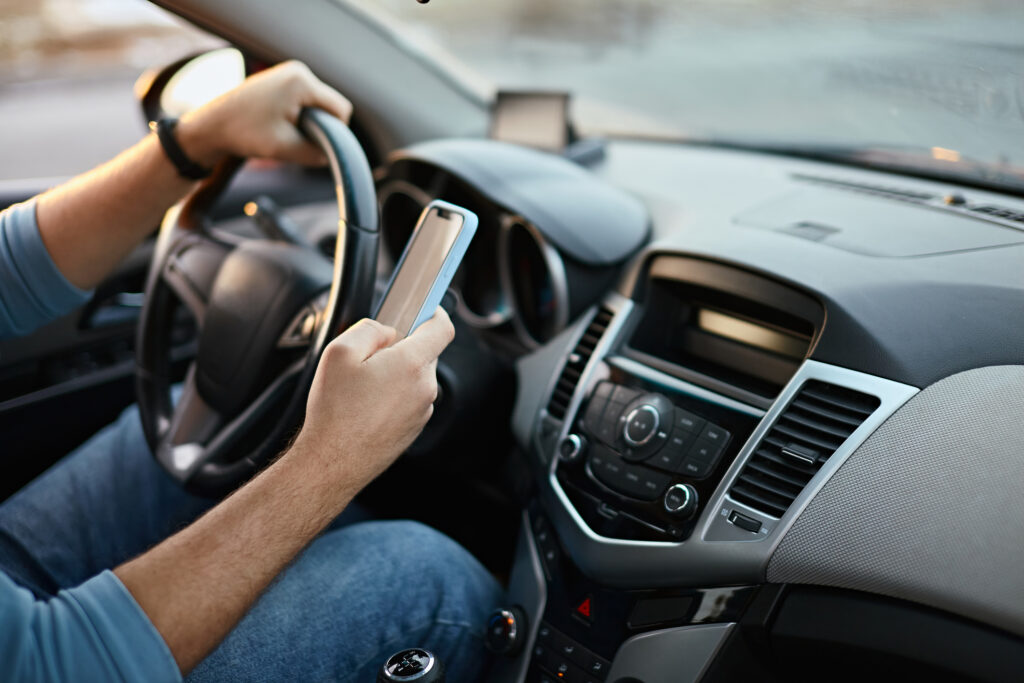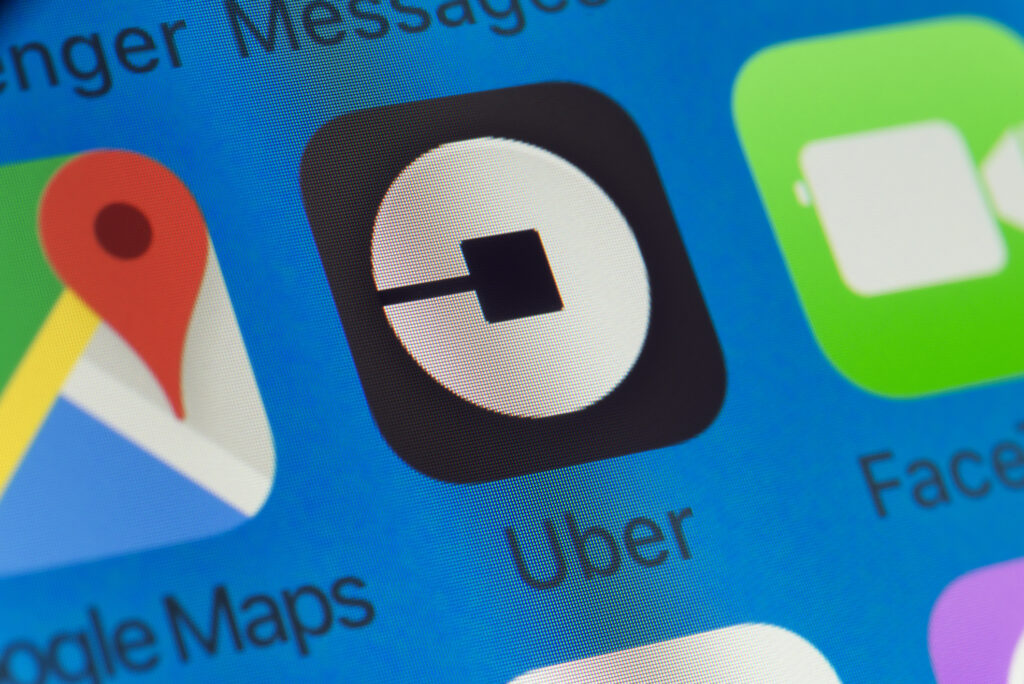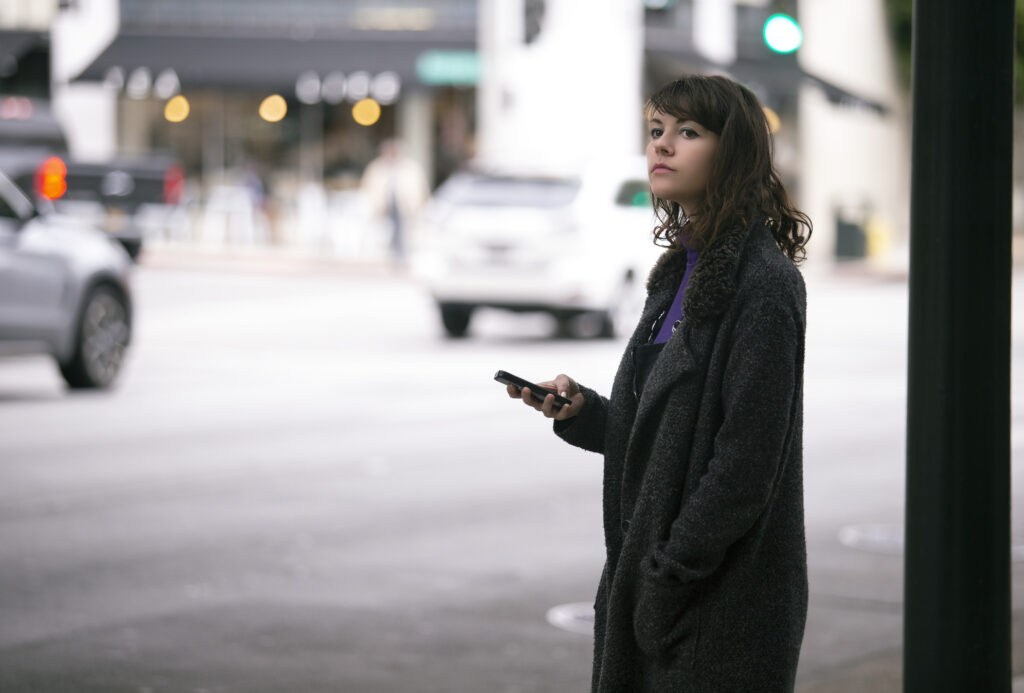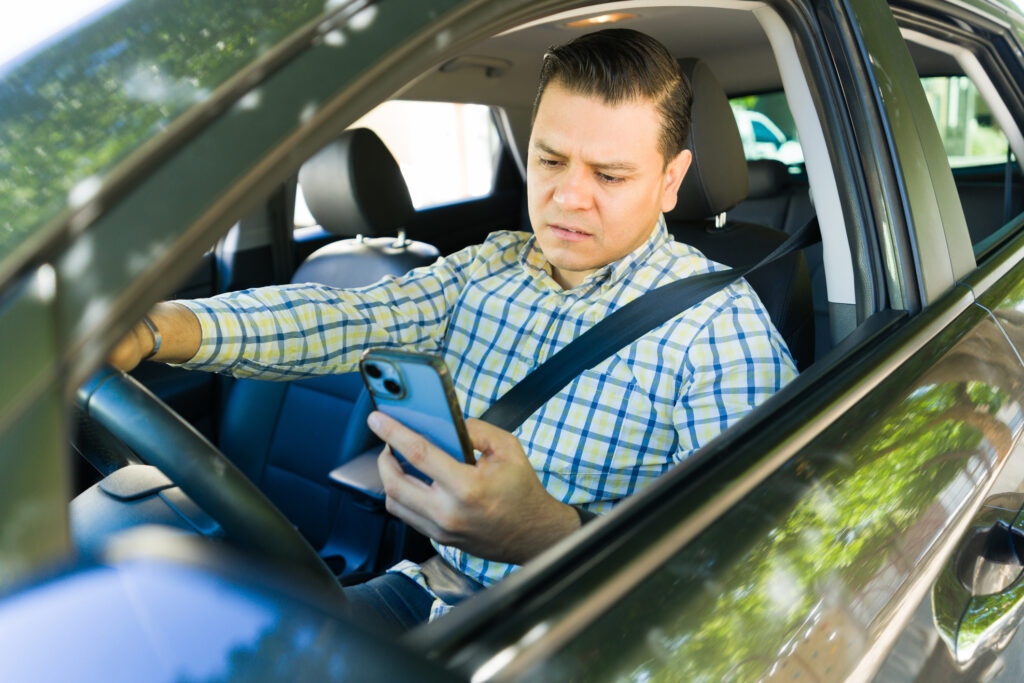As one of the leading legal advocates for rideshare accident victims, we at West Coast Uber & Lyft Accident Lawyers frequently get asked an interesting question: “Are these rising Uber and Lyft fares because of all the accidents we keep hearing about?”
Accidents may not be the sole reason fare hikes, but they definitely play a part in the bigger picture. When you dive into how rideshare companies operate from insurance costs to driver supply and regulatory compliance accidents create a ripple effect that eventually lands in the passenger’s lap in the form of higher prices.
Rideshare Accidents: A Hidden Cost Behind Every Ride

Rideshare apps are built on real-time pricing models. That means the price you pay is constantly changing depending on when, where, and how you’re requesting a ride. But behind the scenes, accidents can change the cost structure across the entire business, from insurance hikes to legal payouts, and even driver shortages.
Every time a serious crash involving an Uber or Lyft driver hits the news, the consequences don’t just impact the people in the vehicle. The financial effect touches the company’s bottom line, insurance underwriters, local governments, and you, the passenger.
The Real Cost of an Uber or Lyft Crash
1. Insurance Premiums Skyrocket
Rideshare platforms carry commercial insurance policies that kick in when a ride is active. These policies cover injuries, property damage, and more. However, the more accidents occur, the more claims are filed and that leads insurers to raise their premiums.
For example, after California reported increasing claims involving rideshare drivers, Uber and Lyft revised driver eligibility policies, including increasing the minimum age requirement for new drivers. Why? Because insurers were refusing to cover younger drivers or charging outrageously high rates.
Eventually, someone has to pay for those increased insurance costs and the companies often bake them into passenger fares through booking fees or base rate hikes.
2. Massive Legal Settlements
When an accident leads to serious injury or even death, rideshare companies can face multi-million-dollar lawsuits. While these platforms often argue that their drivers are “independent contractors,” they can still be pulled into lawsuits under theories like negligent hiring or failure to ensure safety.
There have been numerous settlements reaching six or even seven figures, especially when passengers, pedestrians, or cyclists are injured. When companies spend big to resolve these cases, they’re not going to take a financial loss quietly. Over time, those legal costs are distributed across millions of users in the form of modest but meaningful fare increases.
Why Drivers Are Leaving and What That Means for You

After an accident, drivers often face:
- Temporary suspension from the app
- Increased personal insurance premiums
- Out-of-pocket repair costs
- Lost income from downtime
Now imagine hundreds—or thousands—of drivers going through this simultaneously. What happens?
Driver supply shrinks. And when there are fewer drivers available, rideshare platforms automatically raise fares to balance demand. That’s the magic of “surge pricing” in action. So yes, even if you weren’t involved in an accident, your ride may cost more because another driver is off the road fixing a fender bender—or worse.
Regulatory Responses and Compliance Costs
In states like California, regulators have started to tighten rules for Uber and Lyft in response to the rise in rideshare-related crashes. More stringent rules often mean:
- Mandatory insurance coverage expansions
- Regular vehicle safety inspections
- Stricter driver vetting requirements
All of this adds overhead—expenses that companies aim to recover. One way or another, those costs come back to the platform and its users.
Case in point: after the passage of Assembly Bill 5 and other regulations, Uber and Lyft adjusted fare structures across California. While the messaging was vague, insiders and analysts agree: the costs of compliance drove the increase.
How Fare Increases Are Implemented (Without You Noticing)

You might be wondering, “Why haven’t I seen a notice saying fares went up because of crashes?”
Because rideshare companies rarely raise fares in a way that’s obvious. Instead, they use subtle adjustments:
- Increased minimum fare rates
- Higher service or booking fees
- Expanding surge pricing to more times and locations
- Reducing bonuses or incentives for drivers (which indirectly reduces driver supply)
It’s death by a thousand cuts—but to your wallet. Over time, even a small increase—like $0.50 extra per ride—multiplied by millions of rides per day, generates enough revenue to offset the financial impact of accident-related expenses.
Data Backs It Up: Accidents Do Influence Pricing
There’s hard evidence that safety concerns and accidents have a direct impact on how rideshare companies price their services.
After several high-profile rideshare accidents in major cities like Los Angeles and San Francisco, those cities saw noticeable fare increases over the following months. While companies didn’t publicly link the two, industry analysts noted correlations between legal settlements, increased insurance coverage, and subsequent fare hikes.
A study published by the University of Chicago and Rice University even estimated that the introduction of rideshare platforms increased traffic fatalities by 2-3%. These statistics put pressure on cities and companies to respond—often through policy, regulation, and yes, pricing.
What This Means for Riders Like You

At the end of the day, the true cost of a rideshare ride isn’t just mileage and minutes. It’s also the cost of protecting passengers, handling lawsuits, maintaining driver availability, and managing risk. When rideshare companies are forced to pay more for insurance, legal defense, or driver retention, they pass that cost along to you.
So while you might not feel it in every fare, over time you’re likely paying a few bucks more because of accidents you never even heard about. It’s just part of the economics of doing business in a high-liability environment.
What Can Be Done About It?
At West Coast Uber & Lyft Accident Lawyers, we believe in holding rideshare companies accountable. The more they invest in driver safety training, rigorous background checks, and vehicle maintenance, the fewer accidents occur—and the less pressure there is to raise fares.
Passengers can also help by:
- Reporting unsafe driving immediately
- Leaving detailed reviews for both good and bad rides
- Using public transportation or alternatives during high-surge periods
More safety = fewer accidents = lower operational costs. It’s a win-win for everyone.
Safety Has a Price But So Does Negligence

Rideshare fares don’t get made out of thin air. Every decision made behind the scenes—especially those involving accident fallout—affects how much you pay when you open the app.
Accidents not only injure bodies, they dent balance sheets. And those dents often get filled by higher passenger fares.
If you or someone you love has been injured in a rideshare accident, don’t hesitate to reach out to West Coast Uber & Lyft Accident Lawyers. We specialize in helping the injured get the compensation they deserve—and in pushing for a safer, more accountable industry for everyone involved.
Call us today at (213)-465-8682 or fill out this online contact form for a free consultation.
FAQs
Yes, depending on whether the driver was “on the clock,” the platform may share liability. We can help assess your case.
Yes, indirectly. Higher-risk zones often trigger surge pricing more frequently and may have adjusted base rates due to insurance costs.
They don’t do it directly—but through fare adjustments, it’s a common practice across the industry.
Avoid peak hours, compare apps, use promotions, and consider public transit for short trips.
Seek medical attention first. Then contact a specialized legal team—like us—to make sure your rights are protected.